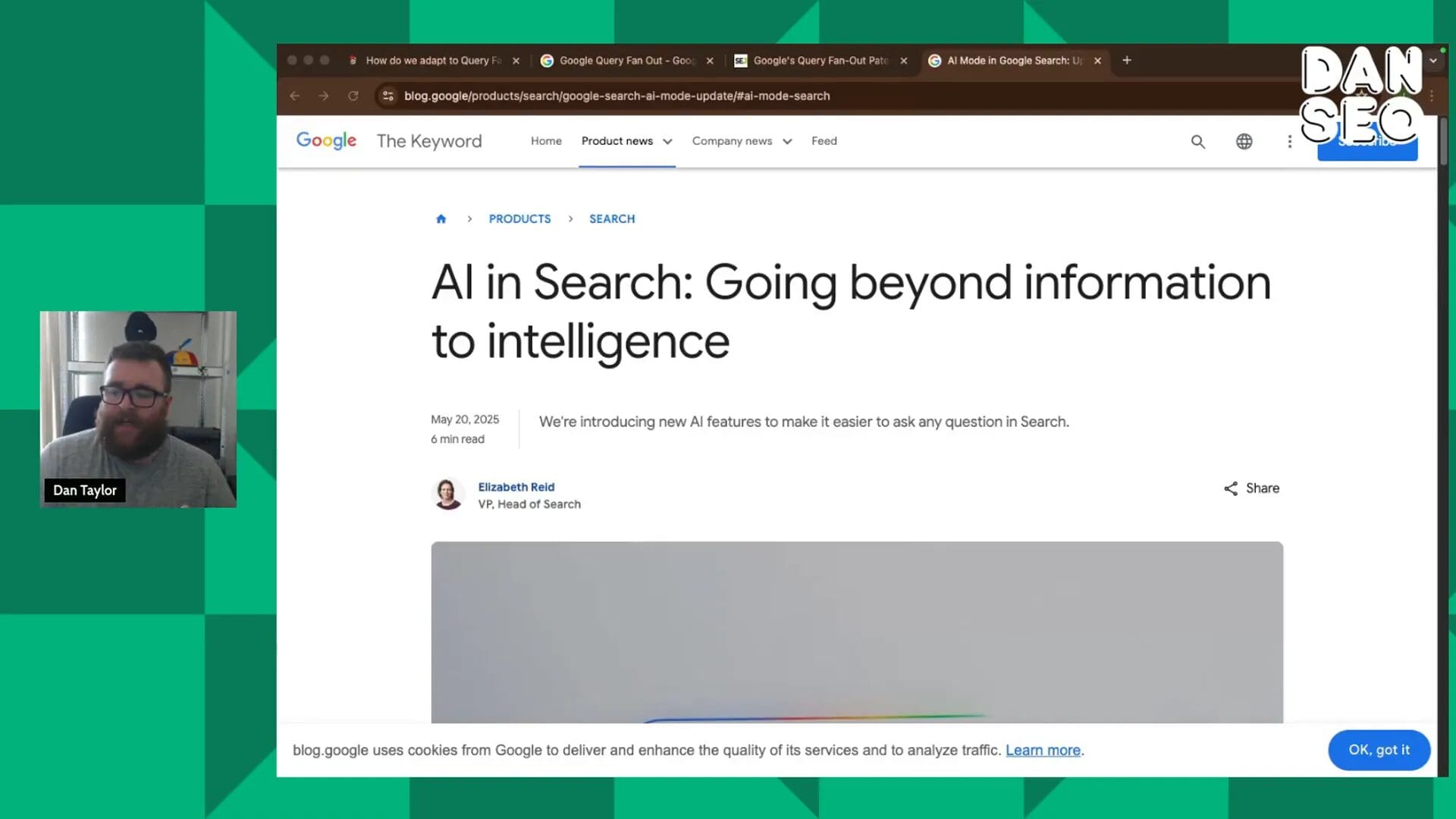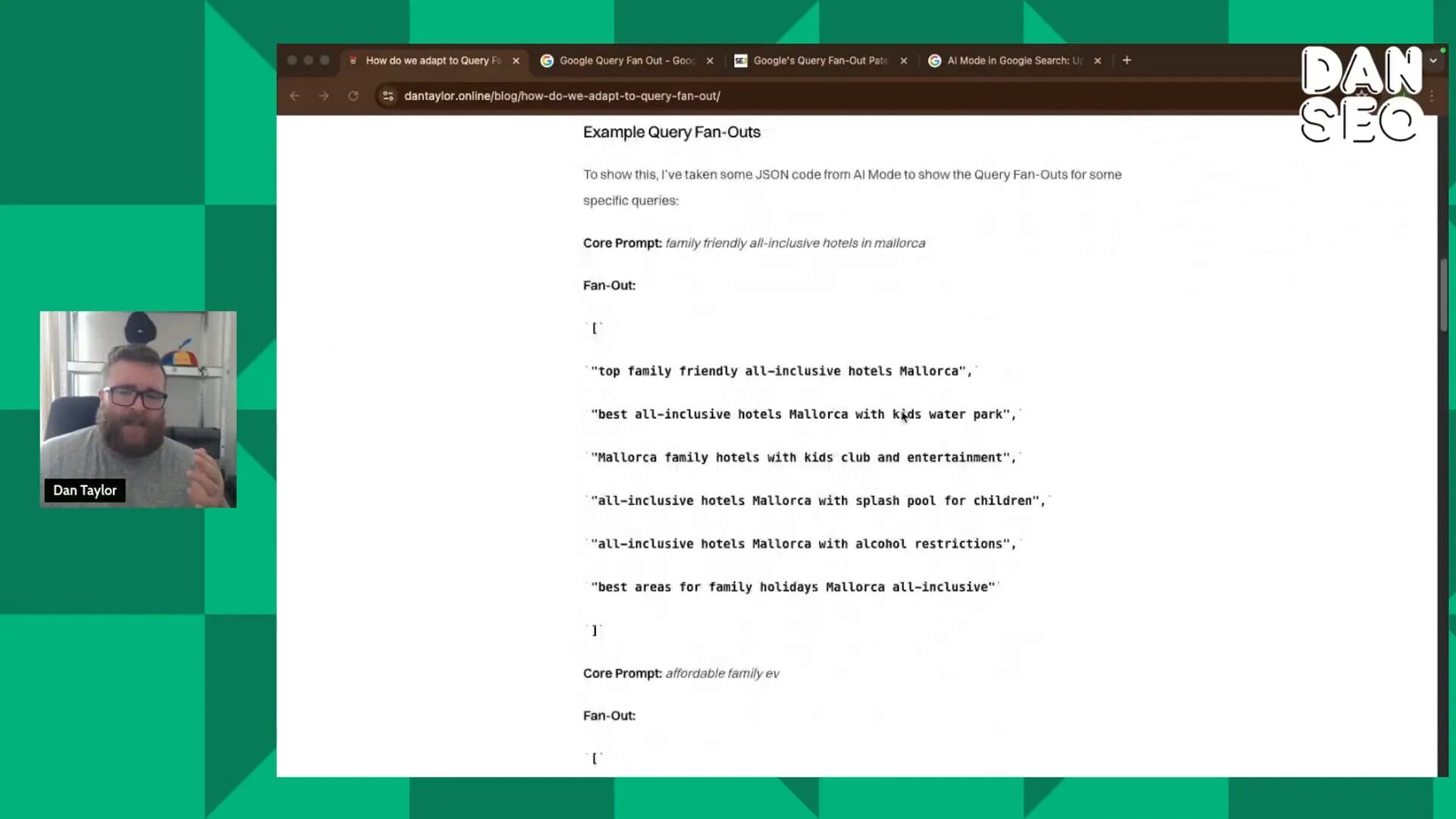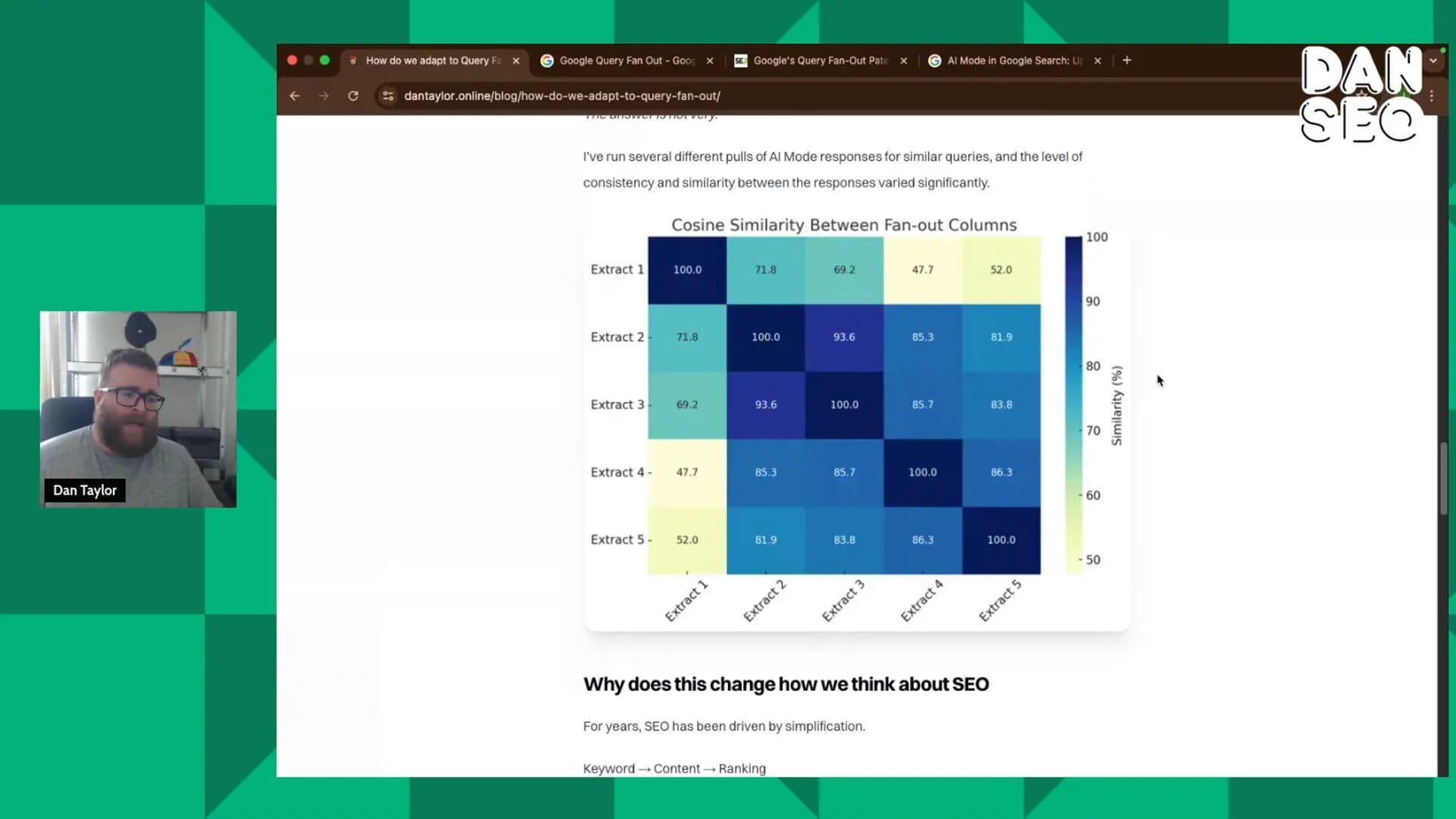
Google’s search landscape is evolving rapidly, and if you’re someone who’s passionate about SEO, AI, or simply staying ahead in the digital marketing game, understanding these changes is crucial. One of the most significant updates revealed at Google IO in May 2025 is the concept of the query fan-out technique. This new approach is reshaping how search engines interpret queries and how AI delivers responses, marking a major shift from traditional SEO methods.
The Shift from Traditional SEO to Query Fan-Out
For years, SEO revolved around a straightforward model: one query, one answer, one click. Users would enter a search term, see a set of results, and click on the most relevant link. Featured snippets and zero-click searches became popular features within this framework.
However, with the rise of AI-powered search modes, this model is undergoing a profound transformation. Instead of focusing on a single query, Google now expands a user’s prompt into multiple related subqueries. This process, known as query fan-out, involves pulling information from various sources across the web, slicing and merging it into one comprehensive, synthesized answer or response.

This means SEO is no longer about targeting isolated keywords. Instead, the focus has shifted to understanding and optimizing for user intent clusters or keyword clusters. The goal is to anticipate and deliver value propositions that address the full spectrum of what users might be looking for, rather than just matching exact search terms.
How Query Fan-Out Works: Exploring the Mechanism
Understanding the inner workings of query fan-out is still a work in progress. Currently, there’s no direct way to see these fan-outs explicitly. The best approach is through experimentation—interacting with AI mode, breaking down JSON responses, and testing queries until the system reveals its patterns.
For example, by asking AI to fan out queries for “basic family-friendly, all-inclusive hotels in Morca,” the system generates a list of related subqueries such as “affordable family EV” and provides a summarized response tailored for different user intentions, like “dressed for a casual work event.”

Importantly, these fan-outs are dynamic. They vary frequently, even for the same prompt on the same device, and differ between users. This variability means that unlike traditional SEO rankings—which are relatively stable—visibility and ranking under query fan-out can fluctuate significantly from user to user and query to query.
What This Means for SEO Strategy
The implications of query fan-out for SEO are profound:
- Less emphasis on single keyword rankings: Ranking first or second for a keyword is becoming less relevant.
- Focus on micro-intents: Success depends on being the best source for specific, nuanced user intents within a broader cluster.
- Content must cover the full intent network: Rather than narrowly targeting keywords, content should anticipate multiple user objectives and interpretations.
- Brand and technical foundation matter: AI-generated answers sometimes include jump-linked citations to specific URLs, but this only appears in about 43% of cases based on recent studies. Creating a strong brand presence and solid technical SEO foundation remains essential.

In essence, the future of SEO lies in creating content that offers depth, flexibility, and user-centric value. This means telling user stories, sharing experiences, and writing content that flows naturally while addressing a range of related questions and needs.
Preparing for Personal Context and Dynamic Search Results
Another layer to consider is the upcoming deployment of personal context in search. This means that search results will become even more personalized and dynamic, changing not just between users but also across devices and over time for the same user.
Unlike traditional rankings, which are relatively static with minor fluctuations, query fan-out combined with personal context will require marketers and SEO professionals to stay flexible and continuously adapt their strategies. Success will come from thinking in terms of user purpose rather than just user phrases.
Key Takeaways for SEO Professionals
- Shift your mindset: Move from keyword-focused SEO to intent cluster optimization.
- Create comprehensive content: Cover multiple related subtopics and micro-intents to provide real value.
- Build a strong brand and technical SEO: Ensure your site is authoritative and technically sound to support AI citations.
- Stay adaptable: Be ready for search results to vary widely based on user, device, and context.
- Write with depth and purpose: Use user stories and experiences to make content engaging and relevant.
By embracing these principles, you’ll be well-positioned to thrive in the evolving SEO landscape shaped by Google’s query fan-out technique and AI-driven search innovations.
If you want to dive deeper into this topic, I’ve shared detailed articles and resources that explore how to adapt to query fan-out and what it means for the future of SEO.
Understanding and leveraging this change early will give you a significant advantage in the world of search and digital marketing.

